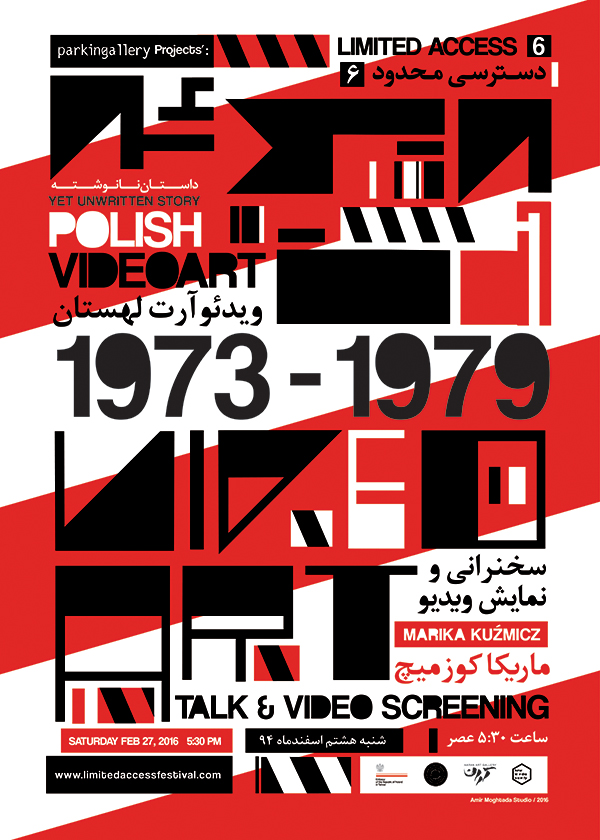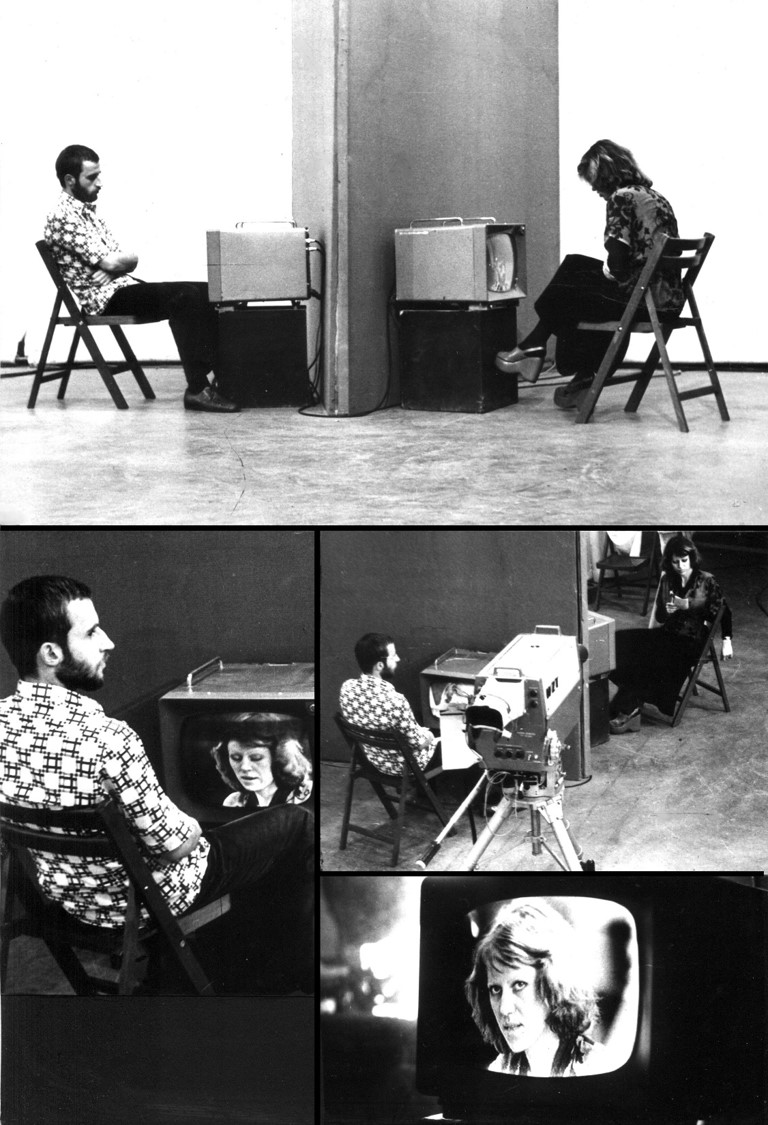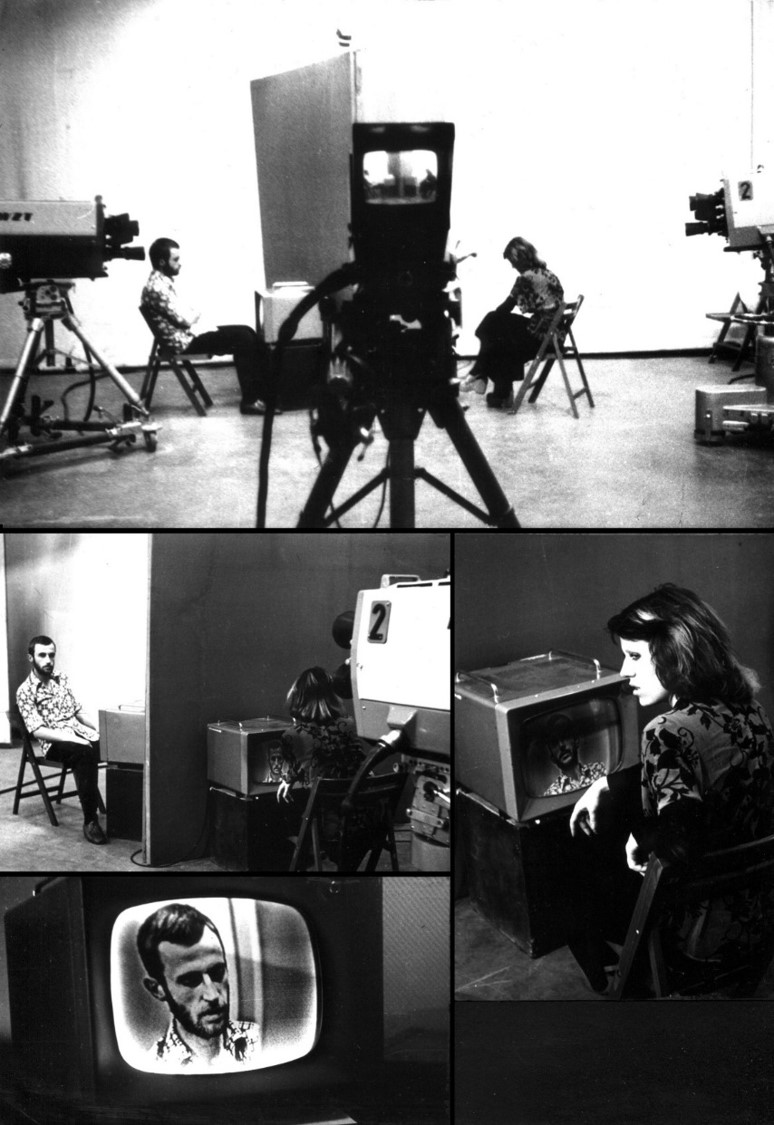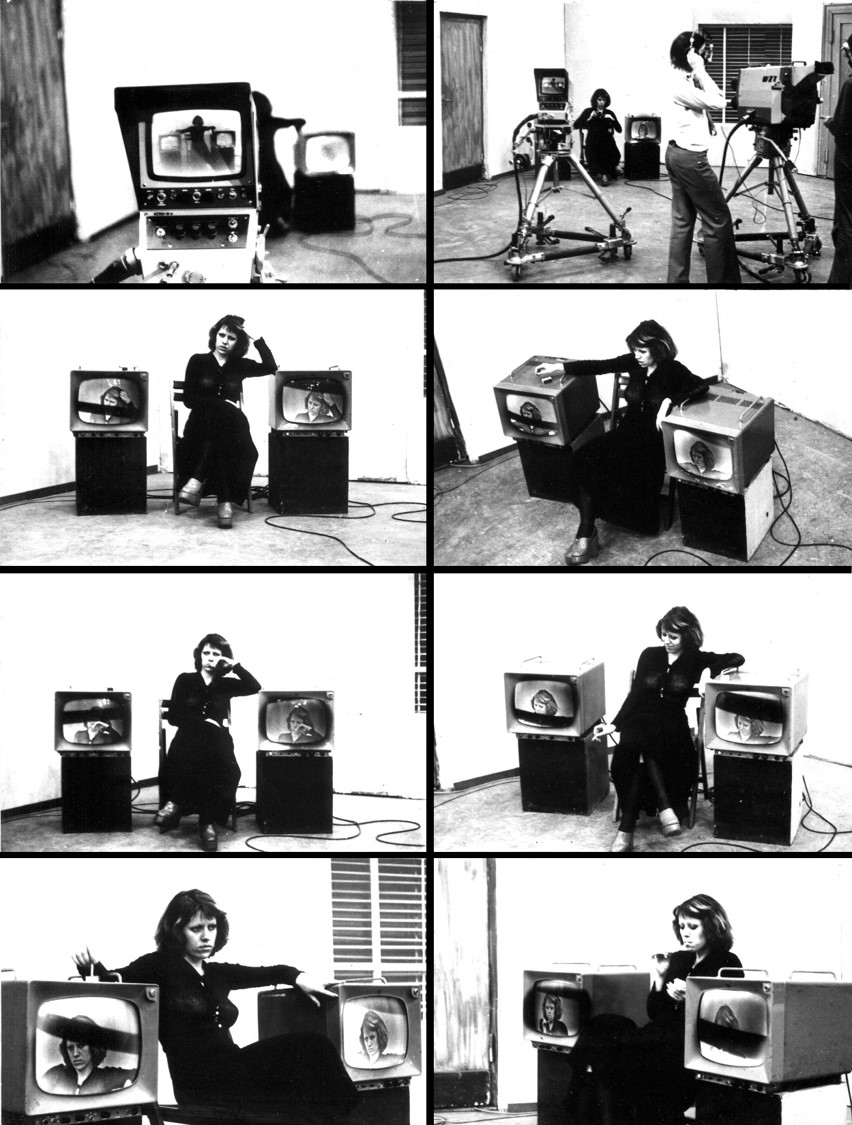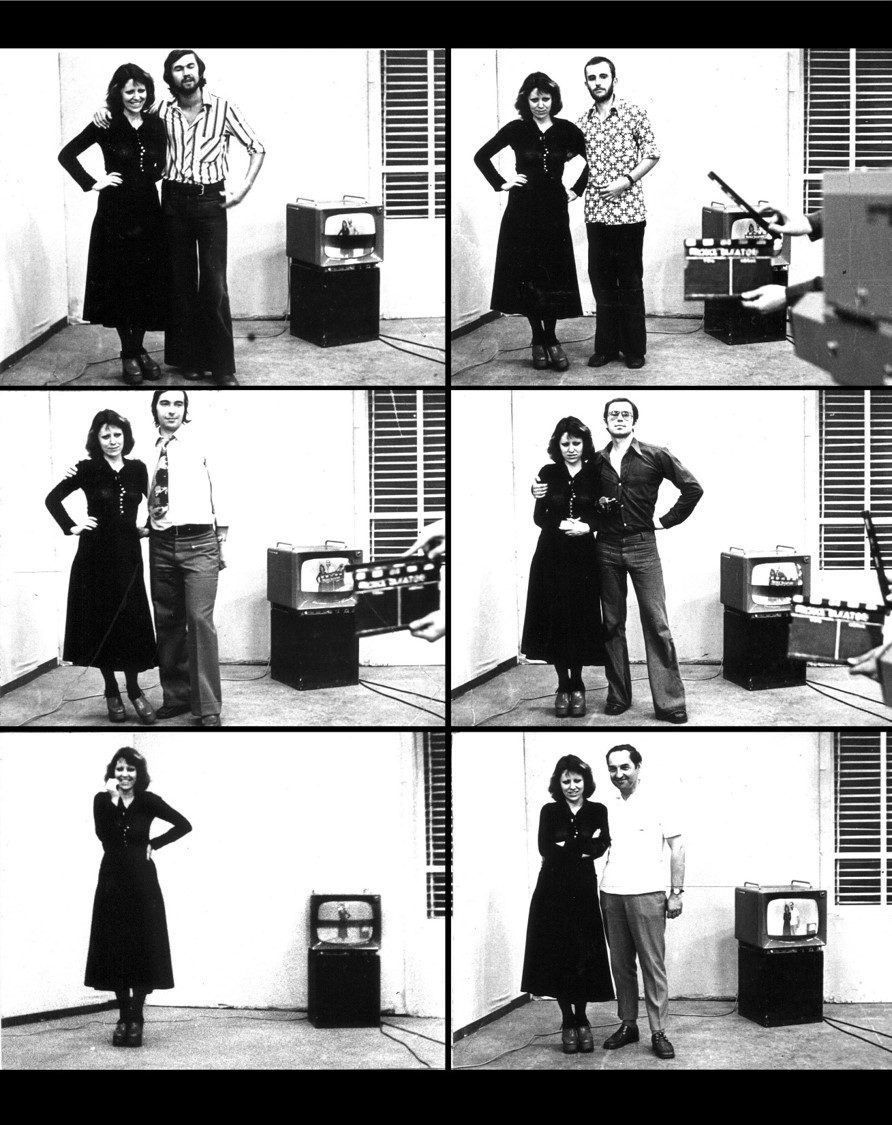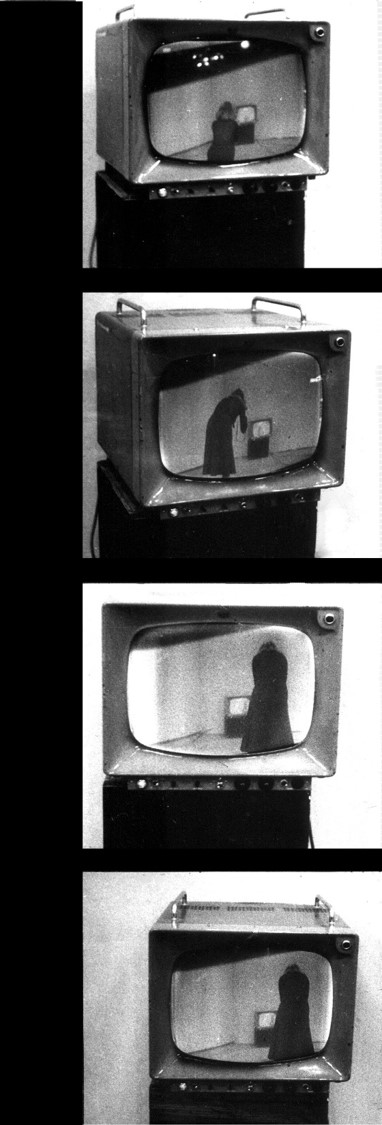Polish Video Art (1973-1979) – Yet Unwritten Story
Saturday 27 Feb, 2016. 6 - 7 PM
Aaran Gallery, room 2
Marika Kuzmicz
Video art in Poland first emerged in the early 70s. Despite the inaccessibility of equipment (like video cameras) in that time in Poland, video soon became important medium, used by polish artists in diverse ways.
Avant-garde artists (members of independent experimental groups like Workshop of the Film Form and Gallery of Current Art), based on their experience of experimental film, explored the relationship between reality (visual reality) and the perception of the viewers.
According to this, they used video to make viewers fully aware of traps and manipulations of mass-media and of reality. They analysed the properties of broadcast television and it role in everyday reality in communist country. Only a few of them, like Paweł Kwiek and Jolanta Marcolla (first polish female video artist) received access to the TV Studio. The result of this situation were significant works of Kwiek “Video A”, “Video C” and “Video P” (1974/5) and – not preserved works of Marcolla “Dimension 1-4” (1975).
Polish video art of that time includes also video installations by Wojciech Bruszewski and Andrzej Różycki among others. Installations are evidences of intensive examination of the nature of this medium in the field of visual art in Poland and exploring its potential of communication of abstract ideas or communication, in general.
History of early polish video still need to be developed but for now, important video works are accessible in Arton Foundation on-line repository. The goal of that document is to present selected, significant works and artists, based on the content collected by Arton Foundation since 2011.
ویدیوآرت لهستانی (۱۹۷۳-۱۹۷۹) – داستان نانوشته
ویدیوآرت در لهستان ابتدا در اوایل دههی ۷۰ میلادی پدیدار شد. صرفنظر از دردسترس نبودن تجهیزات (مانند دوربینهای تصویربرداری) در آن زمان در کشور لهستان، ویدیو به زودی تبدیل به رسانهی مهمی شد که به شیوههای مختلفی توسط هنرمندان لهستانی مورد استفاده قرار گرفت.
هنرمندان آوانگارد (اعضای گروههای فیلم تجربی مانند کارگروه فیلمفرم و گالری کارنت آرت، برپایهی تحربیاتشان از فیلم تجربی،به اکتشاف در رابطهی میان (حقیقت بصری) و دریافت بینندگان نمودند.
با توجه به این نکته، آنها از ویدیو برای آگاهسازی کامل بینندگان از دامها و دستکاریهای حقیقت توسط رسانههای جمعی پرداختند. آنها ویژگیهای شبکههای تلوزیون رویآنتن و نقش آنها را در حقیقت همهروزهی کشور کمونیستی را بررسی نمودند. تنها تعداد محدودی از آنها، مانند پاول کوک و جولانتا مارکولا (نخستین ویدیوآرتیست زن لهستانی) به استودیوی تلوزیونی دسترسی پیدا کردند. نتیجهی این وضعیت آثار قابلتوجه کوک «ویدیو ای»، «ویدیو سی» و «ویدیو پی» (محصول سالهای ۱۹۷۴-۵) بود – و نه آثار حفظشدهی مارکولا «ابعاد» (محصول سال ۱۹۷۵).
ویدیوآرت لهستانی در آن زمان همچنین شامل چیدمانهای ویدیو، مانند ویچق برووسکی و آندره بروسکی بود. چیدمانها گواه آزمونهای متمرکز از ماهییت این رسانه در حوزهی هنربصری در لهستان و اکتشاف دربارهی قابلیت بالقوهی ارتباطی ایدههای انتزاعی با ارتباط به معنی کلی آن بود.
تاریخچهی ویدیوآرت اولیه همچنان نیازمند بسط یافتن میباشد، ولی در حال حاضر آثار ویدیویی مهم از طریق گنجینهی آنلاین بنیاد آرتون قابل دستیابی میباشند. هدف این متن بازنمائی تعدادی از آثارمنتخب و هنرمندان و قابل توجه است که بر اساس مضمون و توسط این بنیاد از سال ۲۰۱۱ گردآوری شدهاند.
